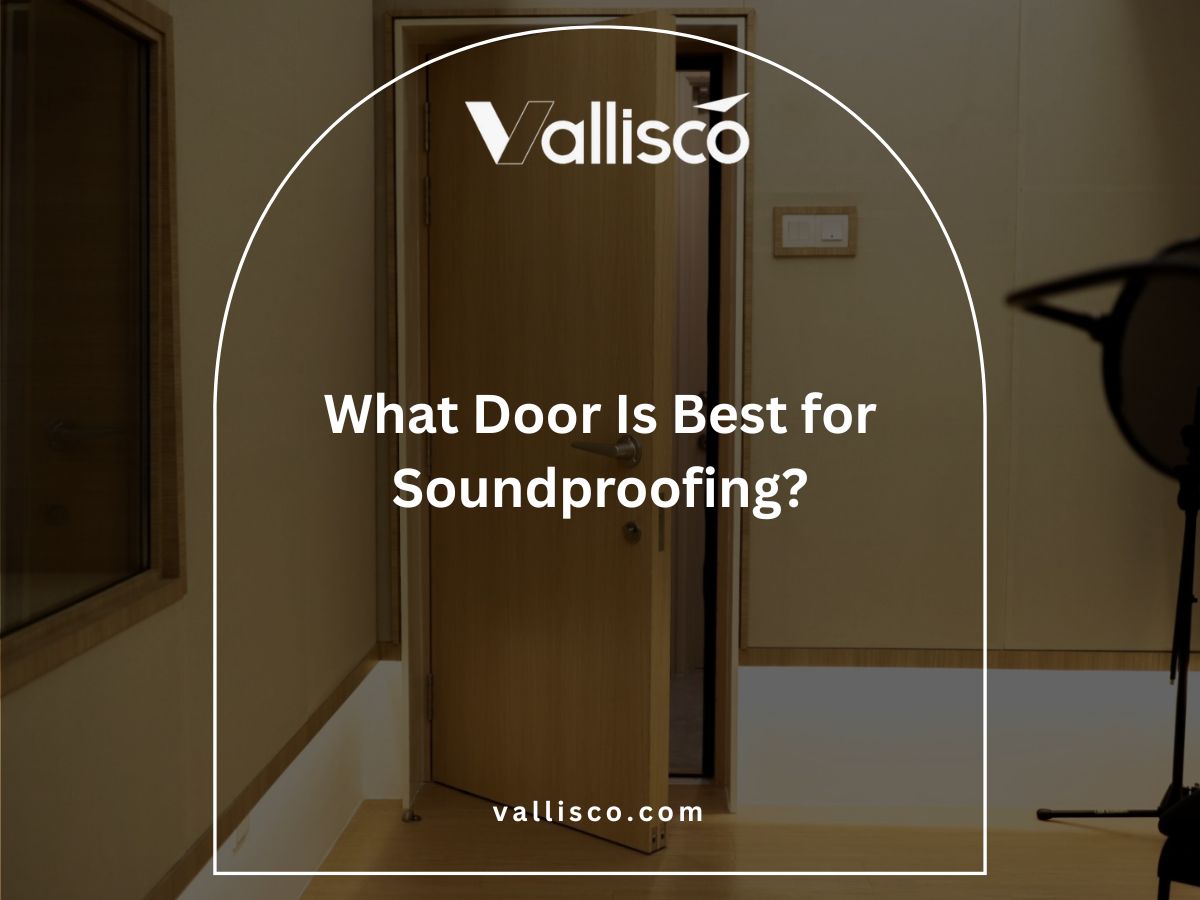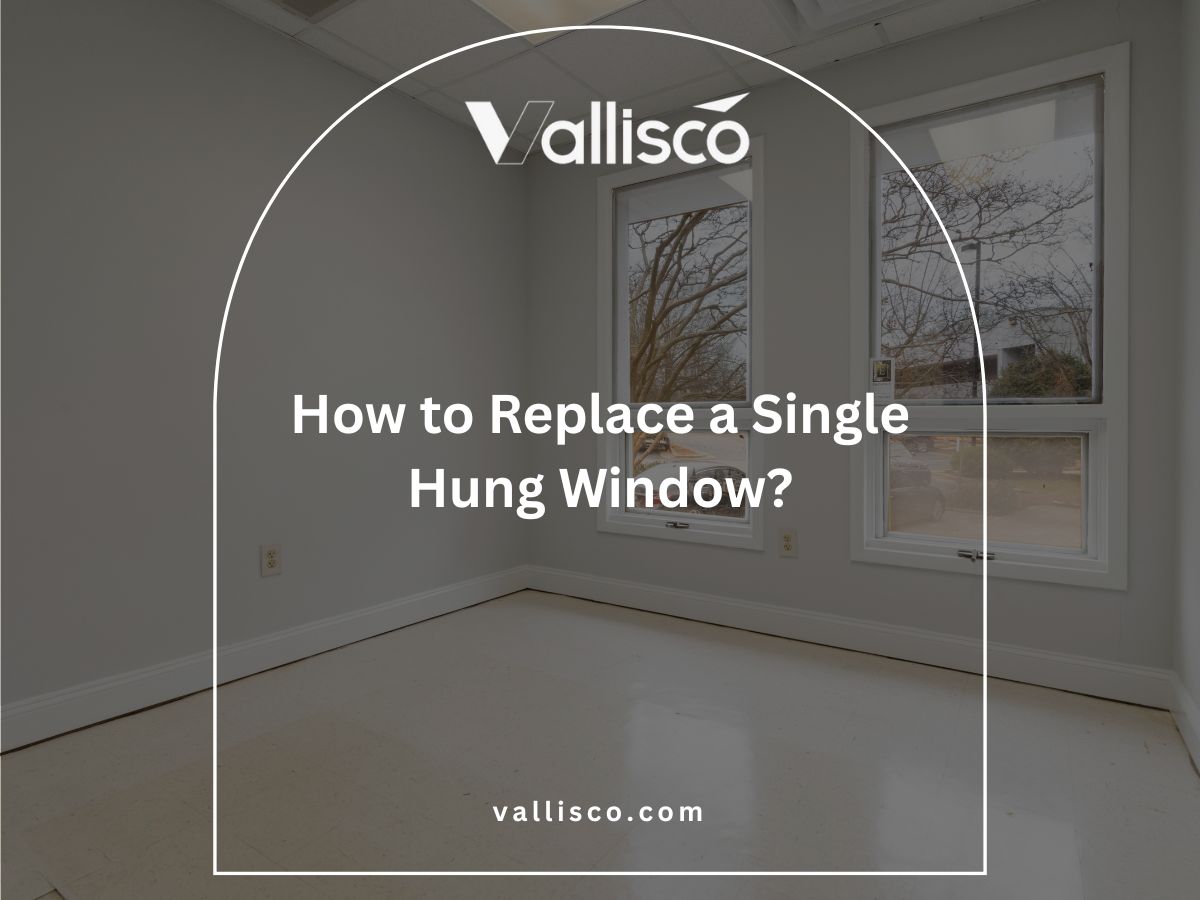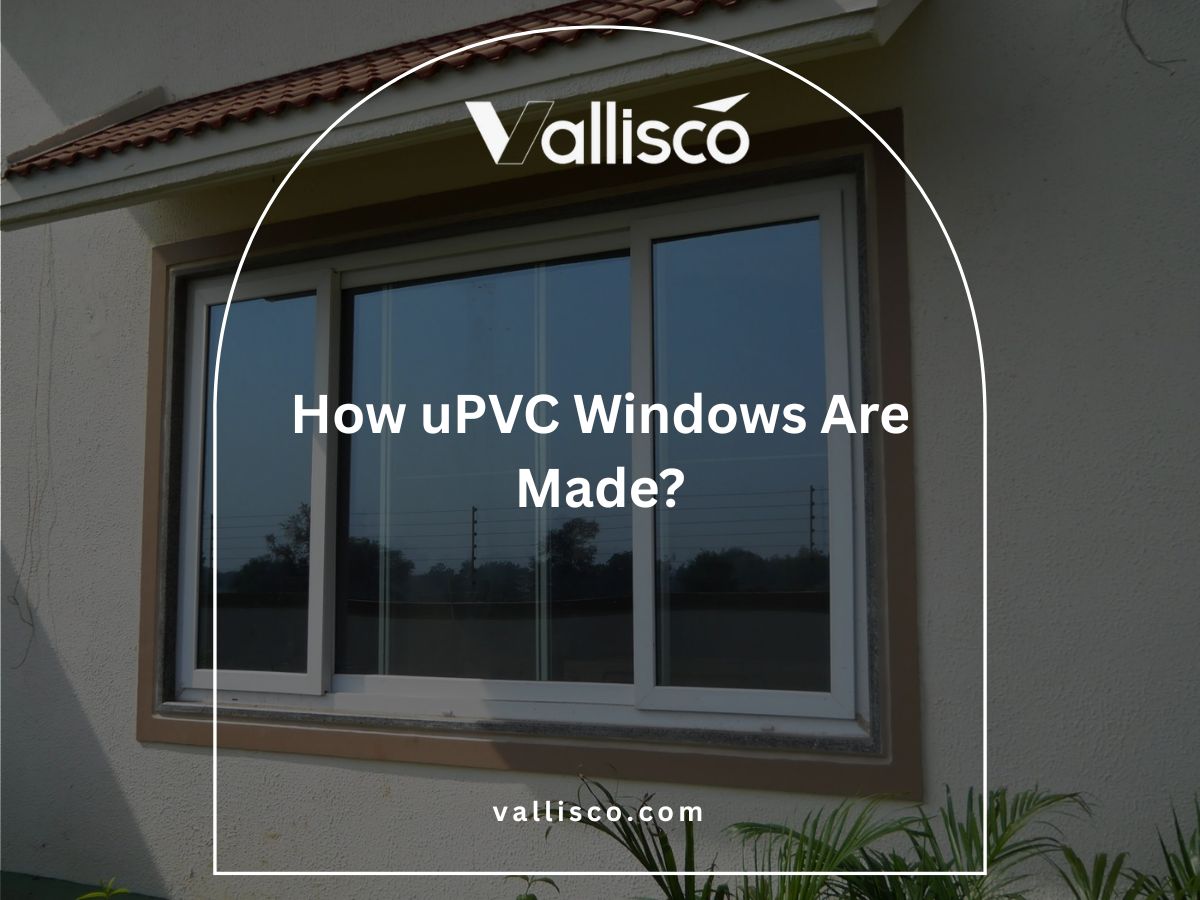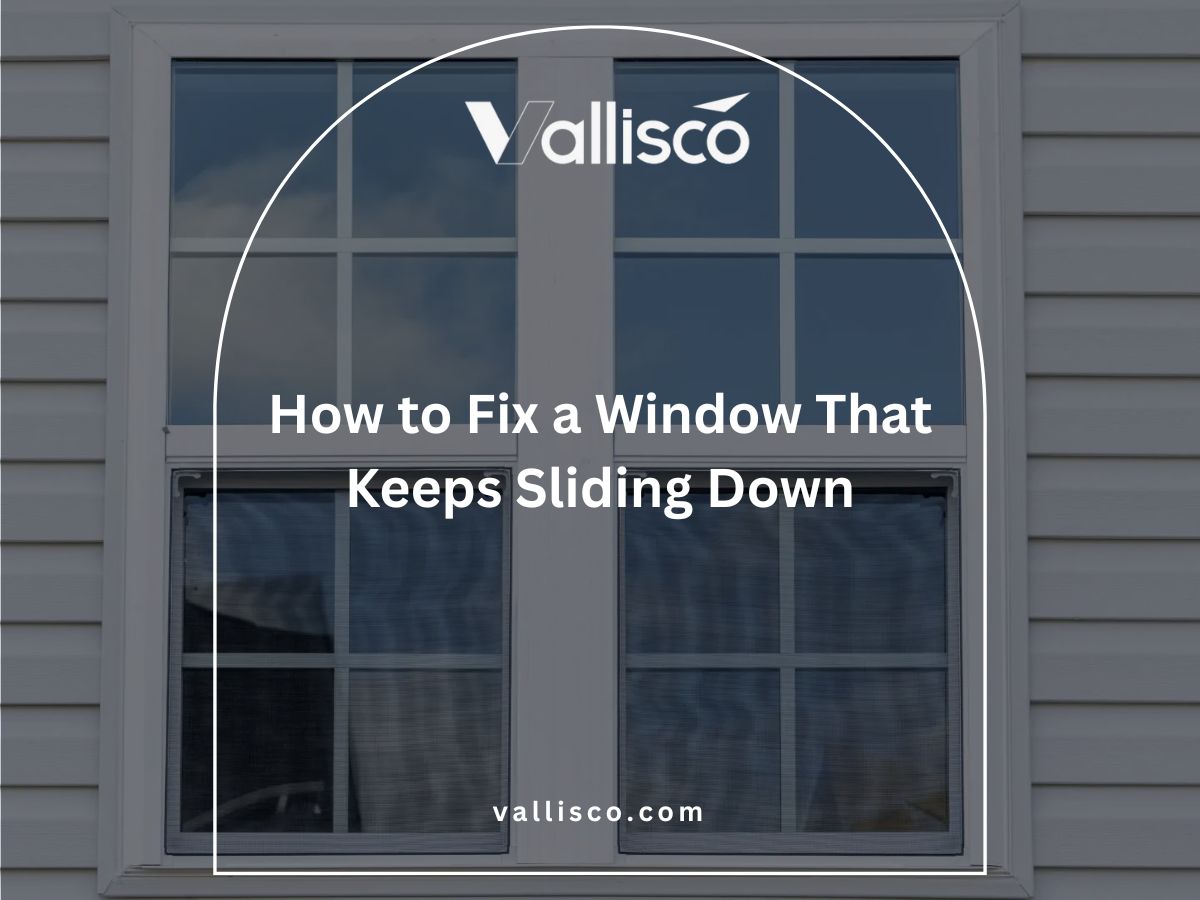When I first managed a retail space, I thought blinds were just an afterthought. That was until customers started complaining about glare on the displays.
It made me see that blinds aren’t just a décor choice; they directly affect your business operations.
Over the years, I’ve helped countless businesses solve problems like heat control, privacy, and light management with the right blinds.
This guide comes from real-world problem-solving, not guesswork.
We’ll break down the main types of commercial blinds, compare materials, and walk through the pros and cons so you can choose with confidence. You’ll leave with all the answers you came for.
One small change in blinds can completely change how your workspace feels and functions.
So, let’s get into it!
1. What Are Commercial Window Blinds?
Commercial window blinds are window coverings made specifically for business settings such as offices, retail spaces, and hospitality areas. They are designed to control light, reduce glare, provide privacy, and improve energy efficiency while maintaining a professional appearance. These blinds are built with durable materials to handle frequent use and are available in a range of styles to suit different commercial needs.
From my perspective, they’re more than just something you hang on a window. In a business, the right blinds can shape how people work, feel, and interact in the space. That’s why choosing them wisely matters.
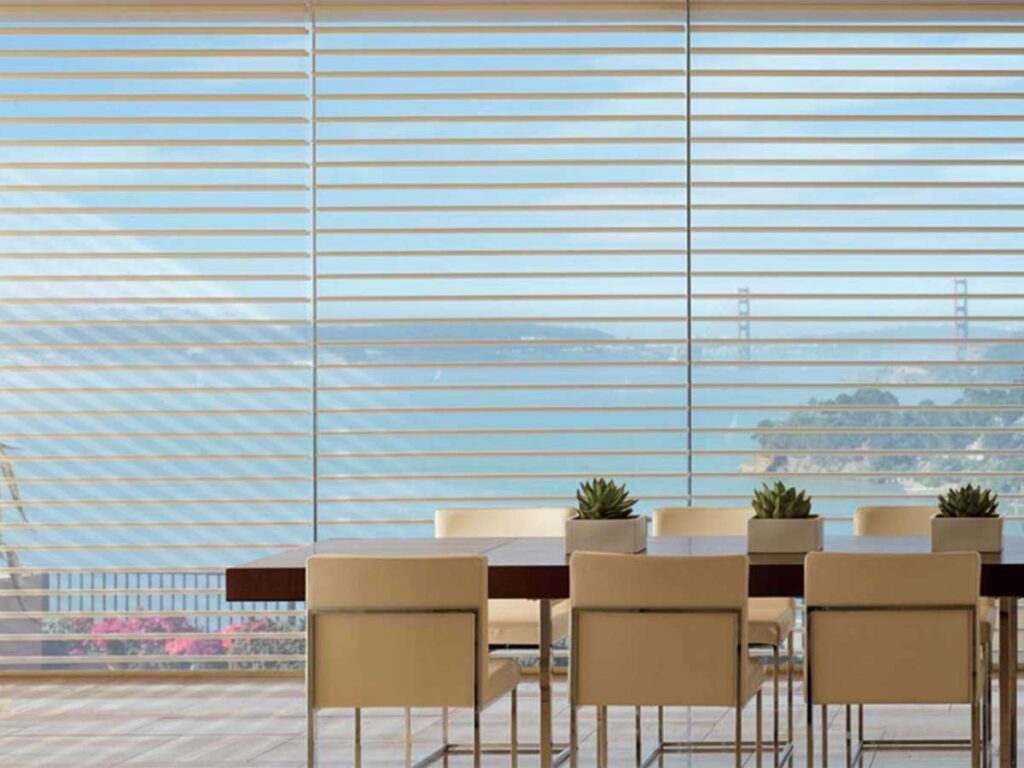
2. Key Benefits of Installing Commercial Window Blinds
If there’s one thing I’ve learned from working with businesses across industries, it’s that blinds aren’t just an afterthought. They play a bigger role in your space than most people realize.
Here’s how they make a real difference:
Better Light Control, All Day Long
Natural light is great, until it gets in the way. In offices, too much sun makes it hard to see computer screens. In restaurants or retail, it messes with the atmosphere. Vallisco’s ommercial blinds let you manage light without blocking it entirely. With options like solar screens or adjustable slats, you can fine-tune how much brightness comes through at any hour.
That means a more comfortable space for both employees and customers.
Improved Energy Efficiency
I’ve worked with plenty of clients trying to cut down on heating and cooling bills. One of the easiest wins? Installing the right window blinds.
Good commercial blinds act like insulation. They help block out summer heat and keep warmth in during the colder months. That means your HVAC system doesn’t have to work overtime. And over time, those savings add up.
Enhanced Privacy and Security
In spaces like clinics, conference rooms, or even storefronts after-hours, privacy matters. I’ve had clients come to me after realizing how exposed their business was—often too late.
Blinds give you control over visibility, inside and out. With blackout or layered options, you can block views completely or partially depending on your needs. It’s a simple fix that makes a big impact on peace of mind.
Professional Appearance That Lasts
Looks matter, especially when customers walk through your front door. But you also don’t want blinds that start sagging, fading, or breaking down within months.
Commercial-grade blinds are designed to hold up, not just functionally, but visually. They stay crisp, clean, and aligned even with daily use. That polished, well-kept look can quietly elevate your entire space.
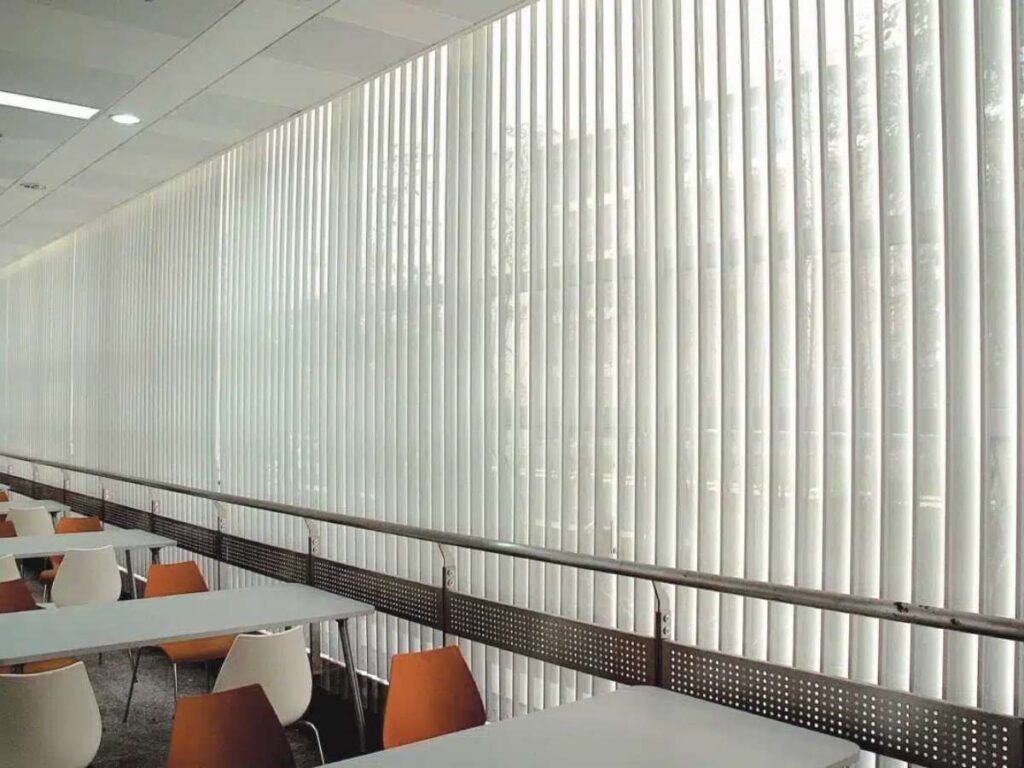
3. Types of Commercial Window Blinds
When I help clients choose blinds, the first thing we talk about is type. Not all blinds work the same way, and choosing the wrong style can lead to frustration down the line.
Here are the most common types of commercial blinds you’ll come across:
- Vertical Blinds: Ideal for wide windows or glass doors. They’re easy to tilt for light control and work great in offices or waiting rooms.
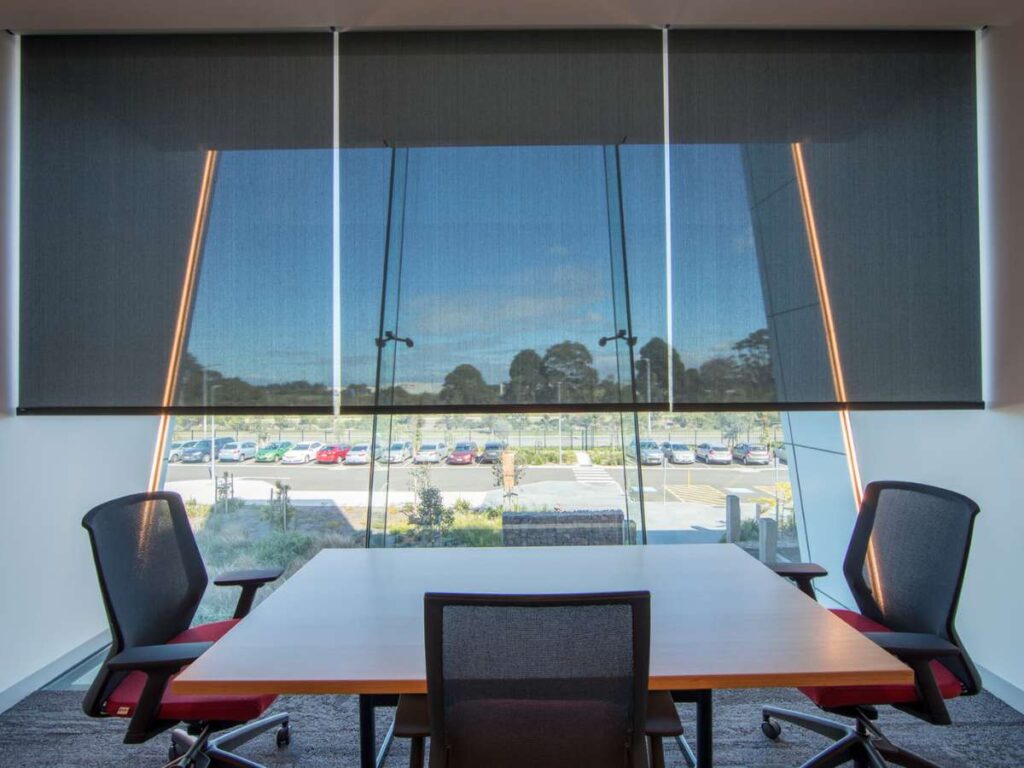
- Roller Blinds: Clean, simple, and modern-looking. Vallisco’s roller blinds roll up neatly and are perfect when you want full sunlight or complete blackout.
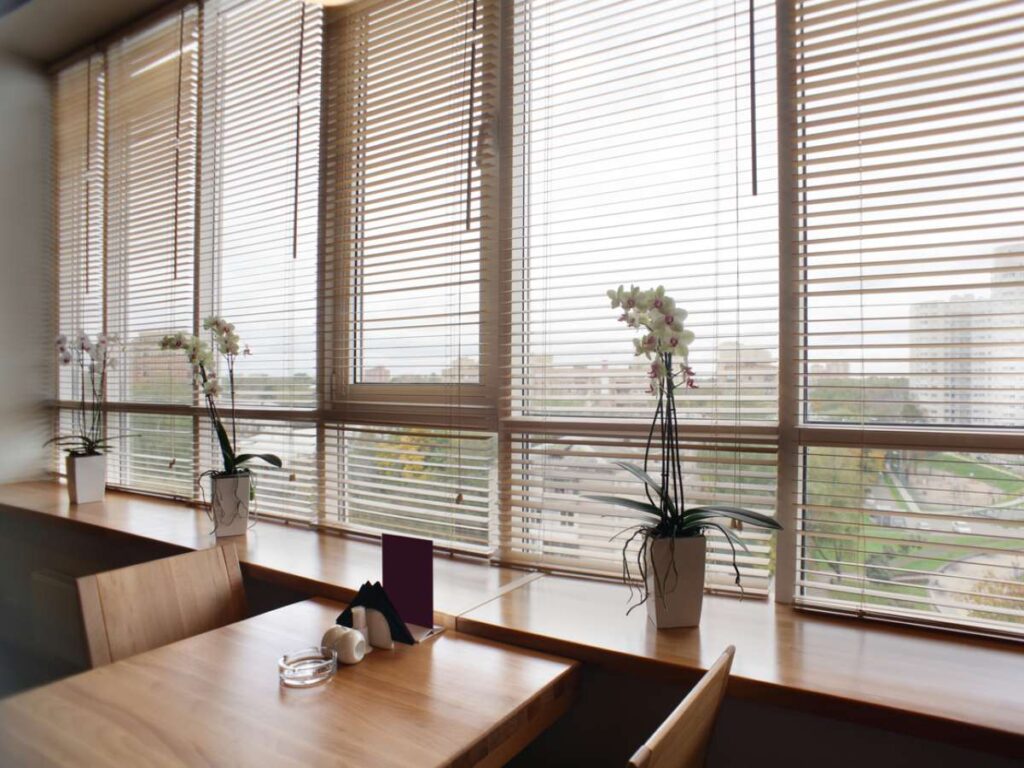
- Venetian Blinds: Known for their horizontal slats, they give you precise control over light and privacy. They’re a classic pick for offices and conference rooms.
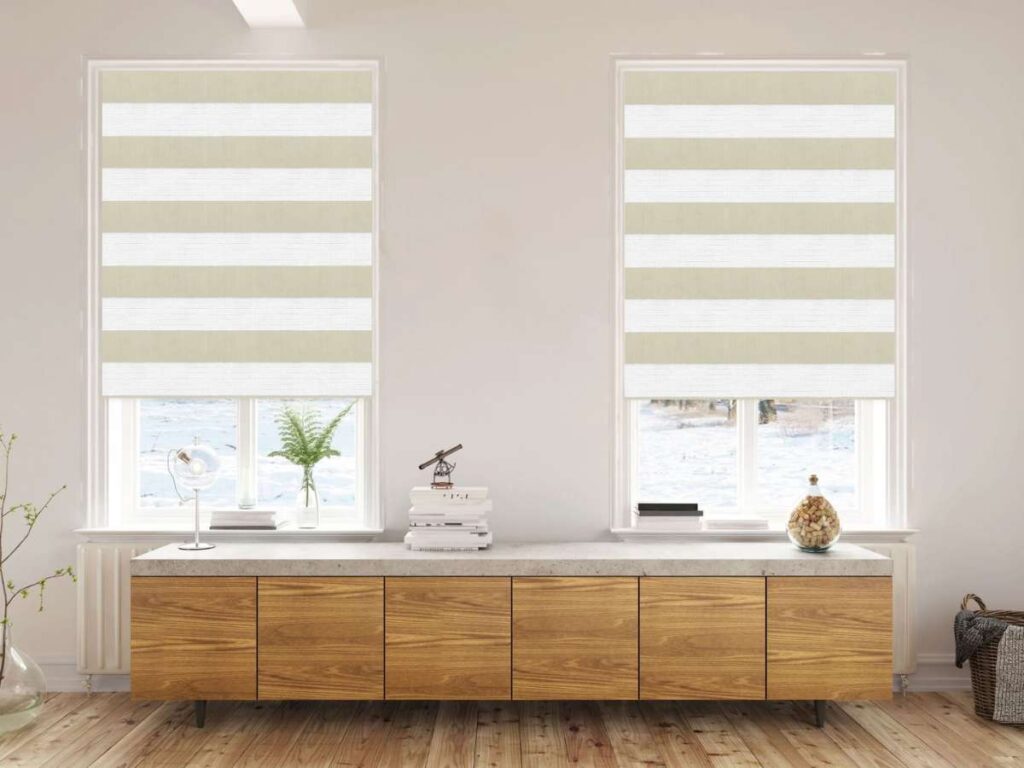
- Zebra Blinds: Also called layered or dual blinds, they alternate between sheer and solid stripes. These are great for a sleek look while still adjusting the amount of natural light.
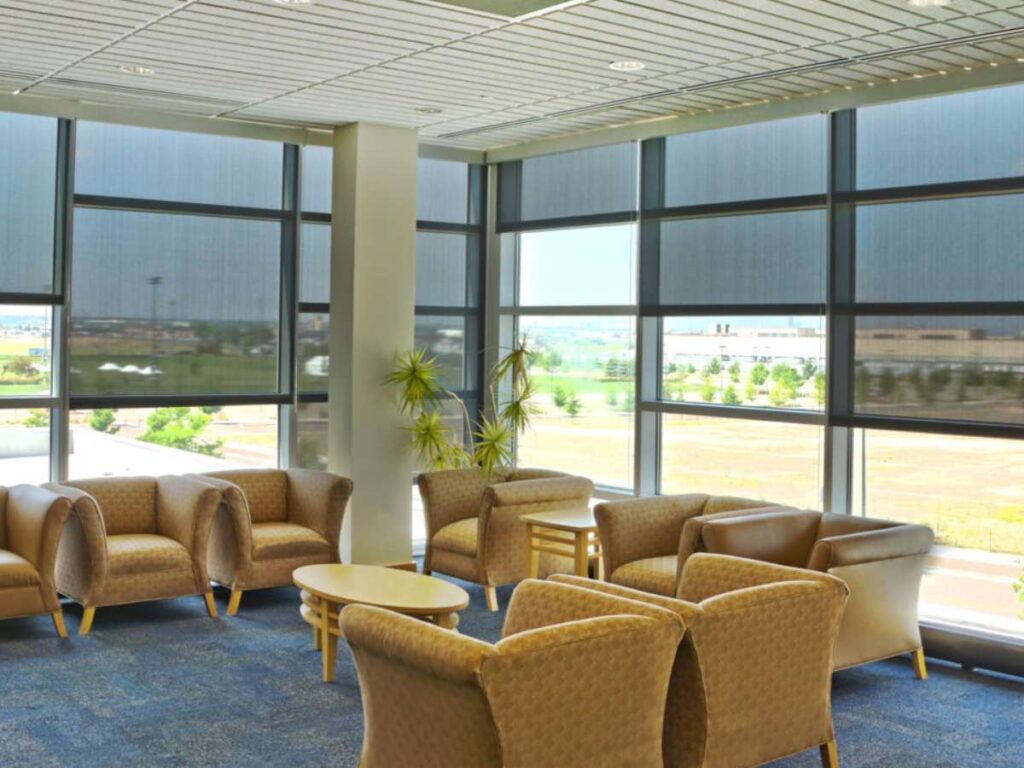
- Motorized Blinds: Great for high or hard-to-reach windows. You can control them remotely, which adds convenience and a high-end touch.
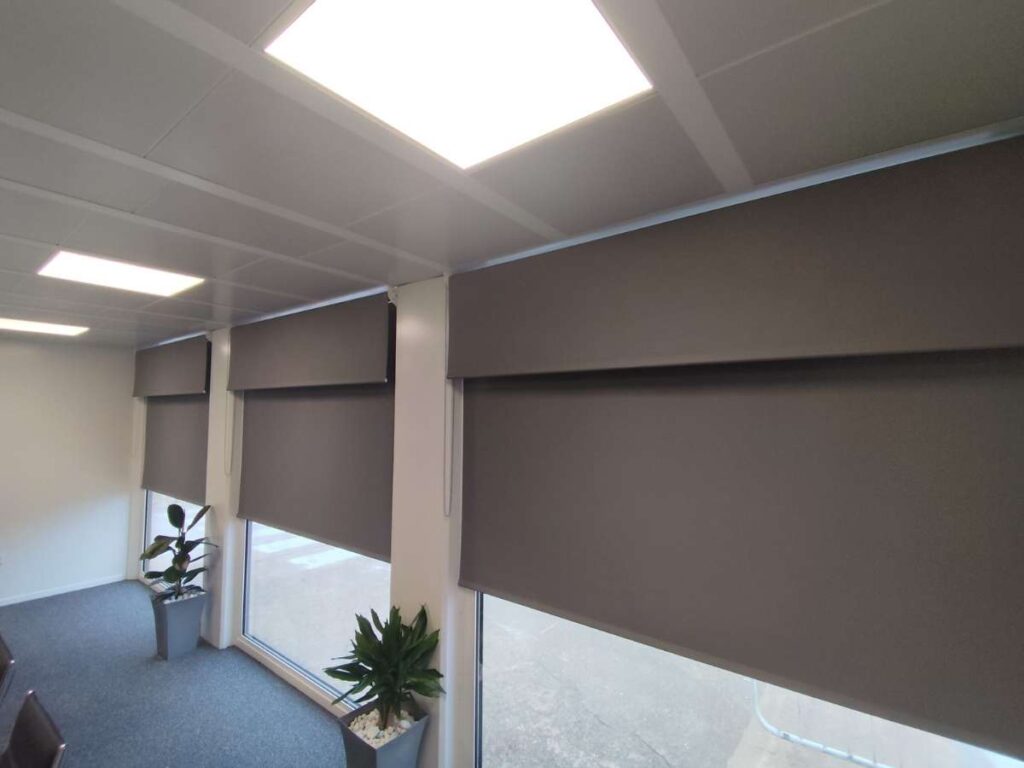
- Blackout Blinds: Block out nearly all outside light. Often used in medical facilities, schools, or any room needing full privacy and focus.
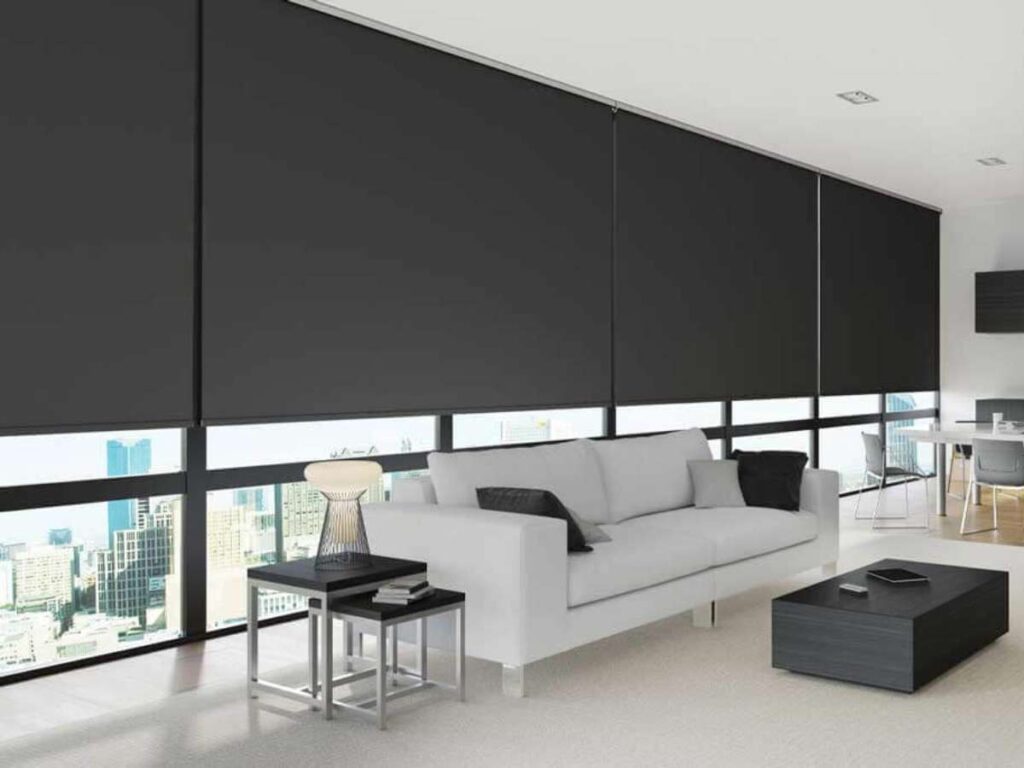
- Solar Shades: These reduce glare without darkening the room completely. A popular option in tech offices, retail stores, and any place with screen use.
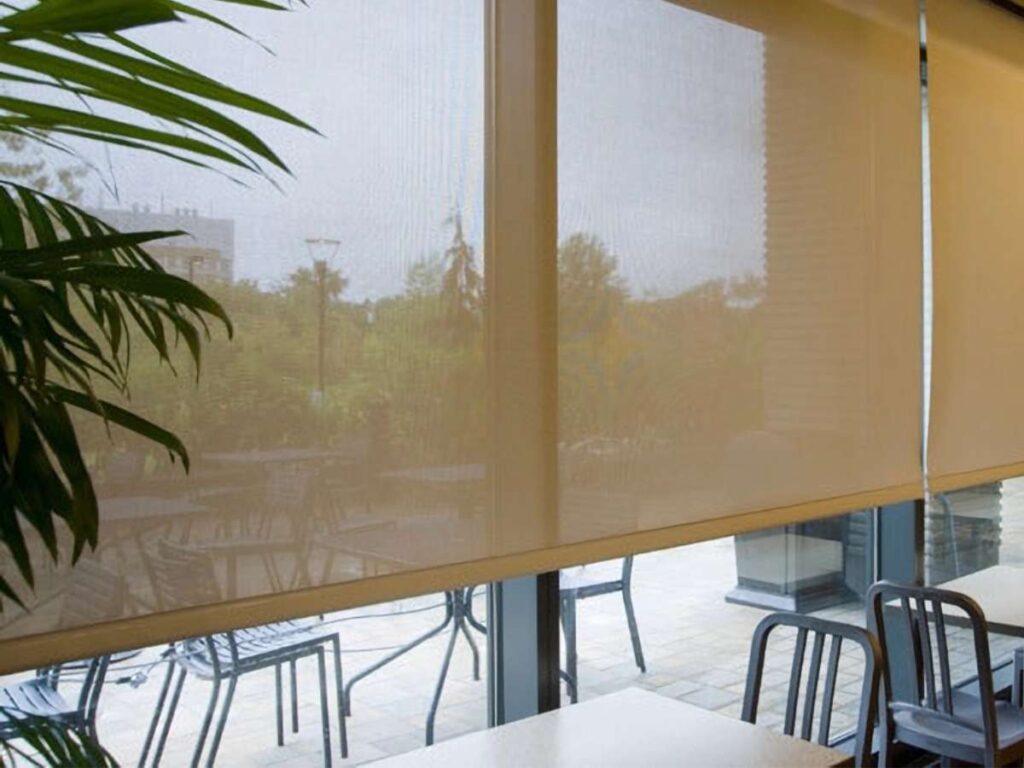
4. Material Options and Their Applications
I’ve seen how the right material can make or break a blind’s performance, especially in tough environments like gyms, clinics, or storefronts. Each material comes with its own strengths, so it’s important to match it with how your space is actually used.
| Material | Durability | Best For | Look & Style | Special Notes |
| Aluminum | Very high | Offices, warehouses, high-traffic areas | Clean, modern, industrial | Resists moisture, dents easily if hit hard |
| PVC/Vinyl | High | Healthcare, restaurants, humid areas | Simple, functional | Easy to clean, mold-resistant |
| Fabric | Medium to high | Conference rooms, lobbies | Soft, professional | Offers good sound absorption, can fade over time |
| Wood | Medium | Boutique shops, design-conscious spaces | Warm, upscale, natural | Not ideal for humid areas, requires maintenance |
| Solar Screen | High (woven blends) | Tech offices, retail, glass walls | Sleek, light-filtering | Reduces glare and heat without full blackout |
5. Installation & Sourcing Considerations
Choosing the right blinds is only half the job. I’ve seen great products installed poorly—and it completely ruins the outcome. That’s why thinking ahead about how and where you source and install your blinds is just as important as the blinds themselves.
Think About Your Mounting Surface
Not all walls and window frames are created equal. Some materials, like concrete, steel, or drywall, require special brackets or reinforcements to hold the blinds securely. I always advise clients to double-check what they’re mounting into before they place an order. If the mounting surface isn’t prepped right, even the best blinds can end up sagging or coming loose over time.
Measure Twice, Cut Once
Getting the right measurements is one of the most common pain points I hear about. It’s not just width and height, it’s also depth, clearance, and whether you’re mounting inside or outside the frame. I recommend having a professional measure if you’re covering multiple windows. A small mistake at this stage can lead to delays, returns, or awkward gaps once everything’s up.
Work With Suppliers Who Know Commercial
You’d be surprised how many companies sell residential blinds and try to pass them off as “commercial” grade. I’ve had to replace blinds for clients who bought cheap products online that didn’t meet fire ratings or broke after a few weeks. Look for a supplier who focuses on business projects and understands your needs. Someone who can walk you through codes, customization, and scaling for multiple windows.
6. Factors to Consider Before Buying
I’ve seen businesses rush into buying blinds based only on looks—or worse, price—and end up regretting it just weeks later. The right choice goes beyond style. It’s about how the blinds perform in your space day after day.
Before you place that order, here’s what I always recommend you think through:
Lighting Needs and Glare Control
Start by looking at how sunlight hits your space during the day. Do your staff struggle with screen glare in the afternoon? Does the front of your store heat up by noon? Different blinds offer different levels of light control—some filter, others block. Choose based on the specific problem you’re trying to solve.
Privacy and Visibility Balance
Not every space needs full blackout, but some need more privacy than others—especially medical, wellness, or legal offices. I’ve helped clients pick blinds that still let in light while keeping views from outside blocked. Consider how visible your workspace is from the outside and what privacy your staff or customers expect. Don’t forget: after-hours visibility matters too.
Cleaning and Maintenance
One of the biggest blind complaints I hear? Dust. Some materials are magnets for it, others wipe clean in seconds. If your space gets a lot of foot traffic, or if you’re short on staff, go with something low-maintenance like PVC or coated aluminum. Fabric looks great, but it needs a little more care.
Compliance and Safety Standards
This one’s easy to overlook—but very important. Commercial blinds often need to meet local fire codes, child safety laws, or ADA accessibility guidelines. I’ve worked with businesses who had to replace everything just to pass inspection. It’s much easier (and cheaper) to get it right the first time with a supplier who knows the rules.
Conclusion
In my first retail space, bad blinds cost me customers. With the right ones, everything improved: comfort, looks, and even sales.
That’s the power of a smart choice.
We have walked through types, materials, and buying tips so you are ready to make a decision that works for your business. The right blinds can change how people feel in your space from the moment they walk in.
Do not wait for the problem to show up; solve it now. Vallisco has the expertise and products to get you there. Contact us today!
Check Out These Additional Resources
Need more ideas? Browse through our extended range of products and discover something new:
Still haven’t found what you’re looking for? Don’t hesitate to contact us. We’re available around the clock to assist you.



